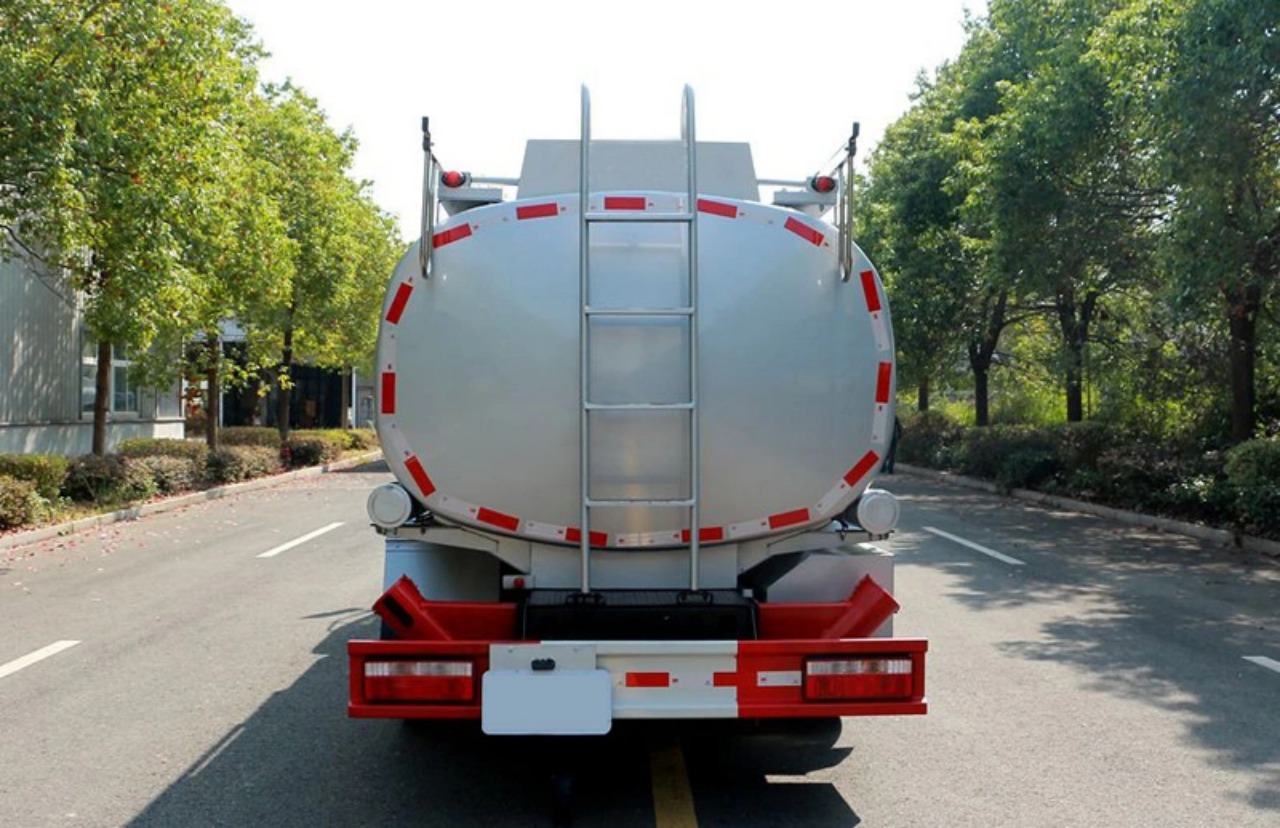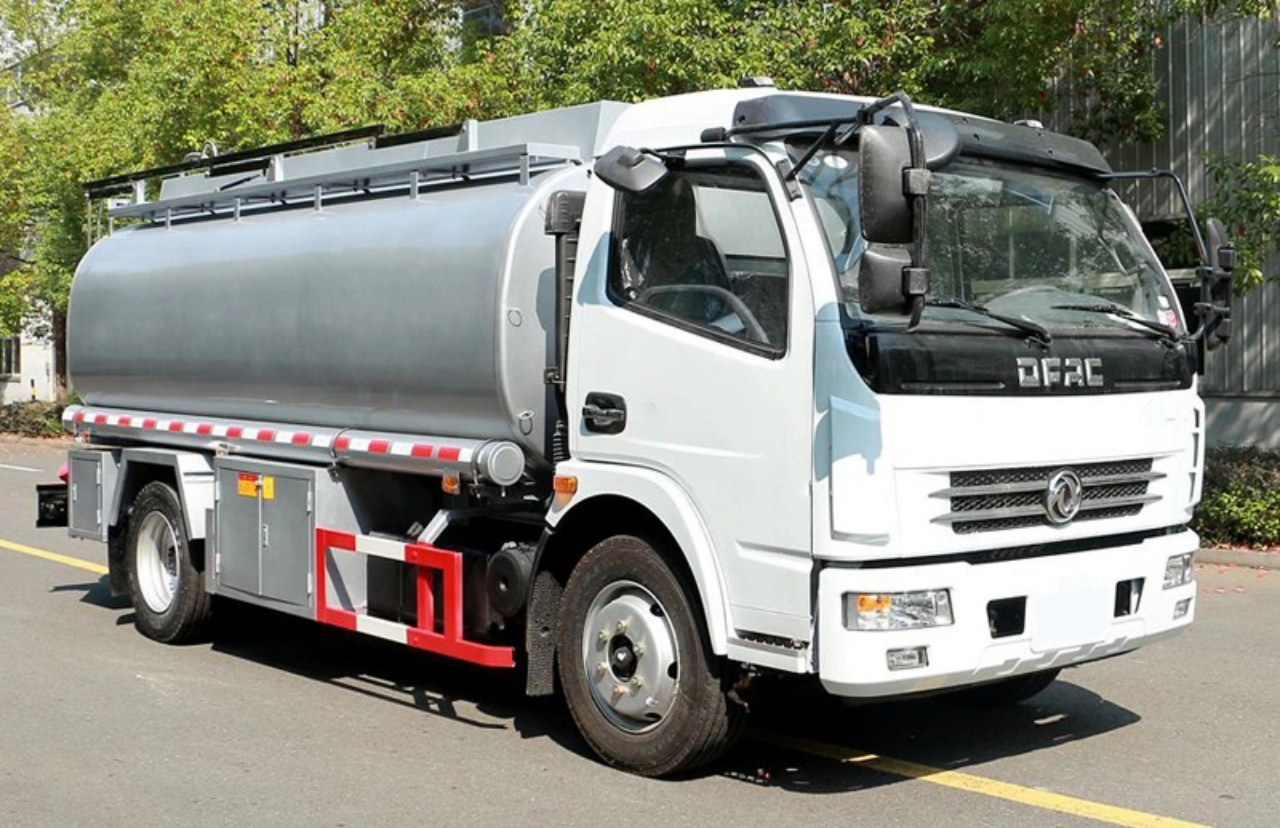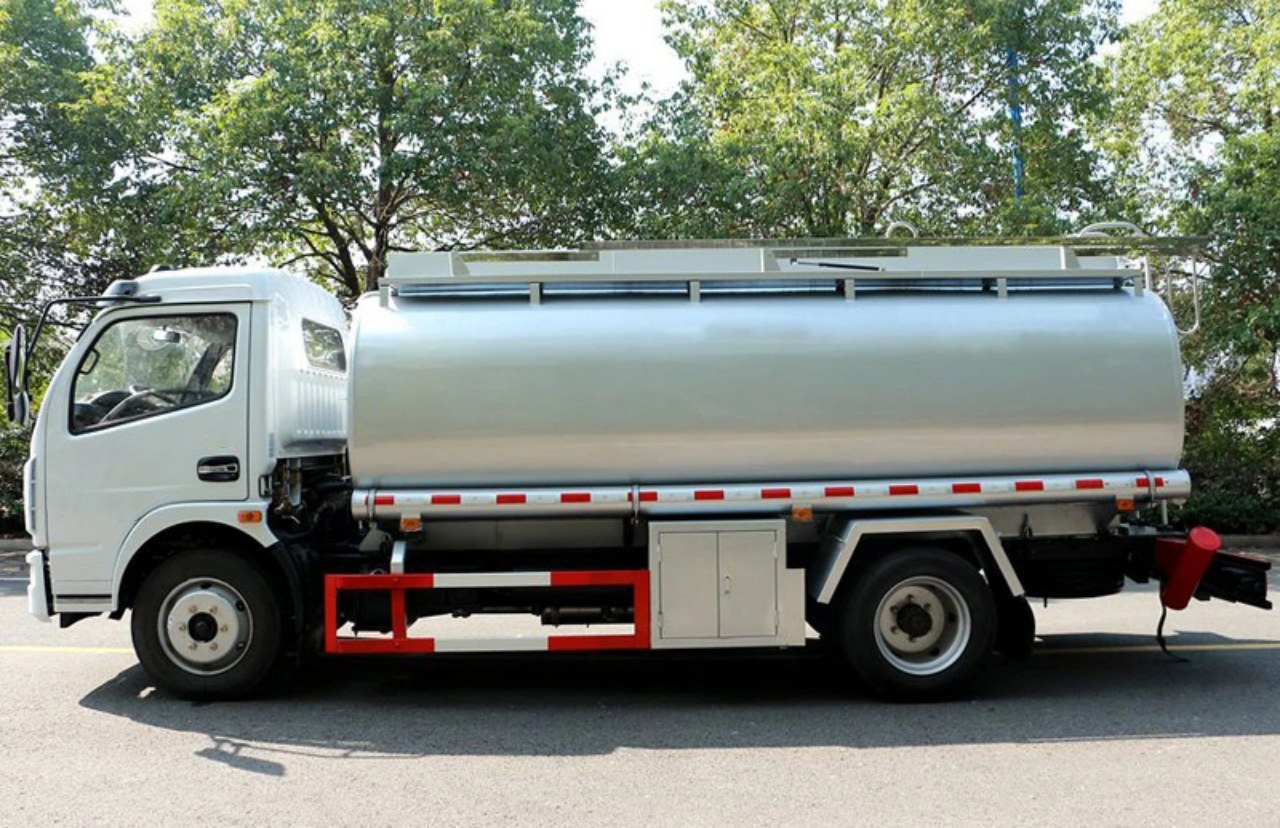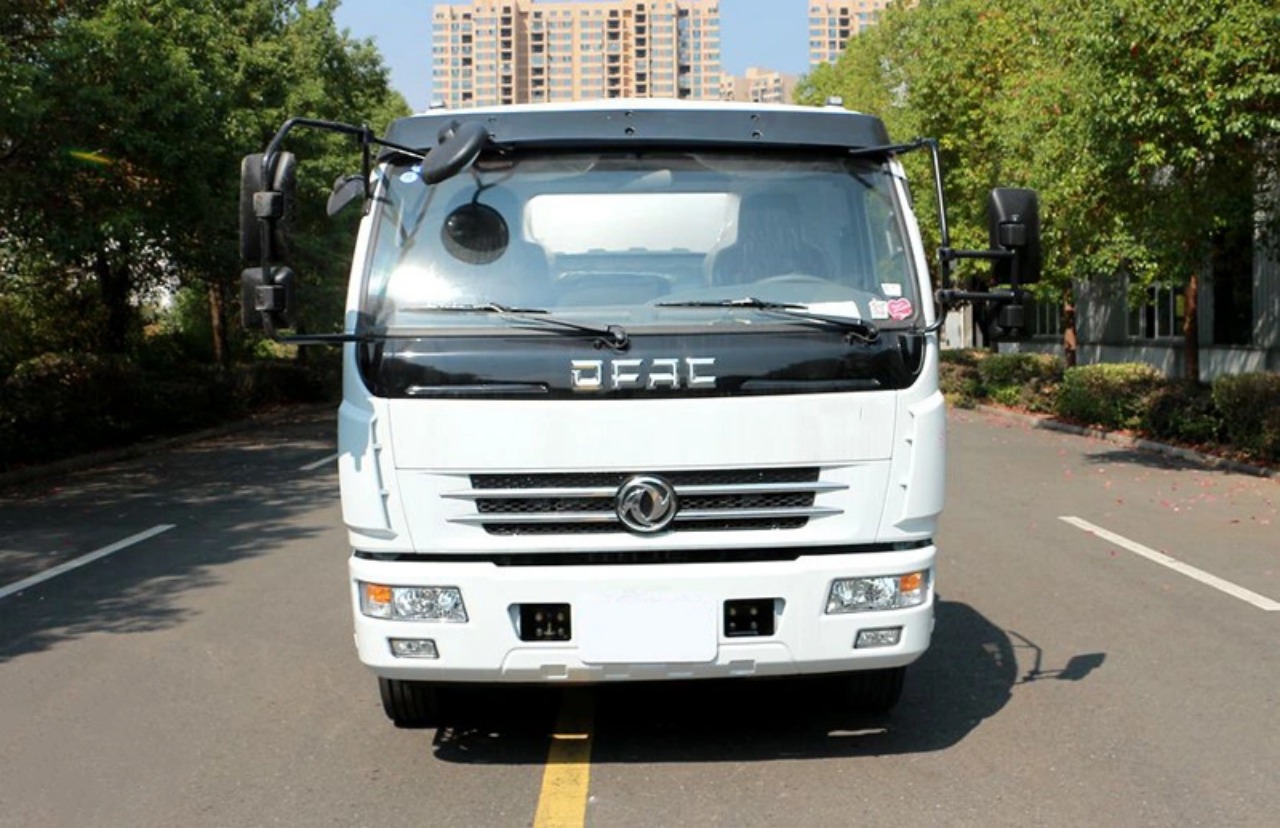Fuel tankers are the lifeblood of modern economies, transporting gasoline, diesel, and other petroleum products from refineries to gas stations, airports, industrial facilities, and beyond. One of the most frequently asked questions about these massive vehicles is: How many gallons does a fuel tanker carry? The answer depends on several factors, including the type and size of the tanker, the regulations of the region it operates in, and the kind of fuel it transports. In this article, we’ll dive into the capacities of various fuel tankers, explore their classifications, and look at what influences their design and fuel capacity.
Understanding Fuel Tankers
Fuel tankers come in different sizes and configurations, typically designed based on their intended application. There are 3 main categories of fuel tankers:
- Small Tankers – Often used for local or urban delivery.
- Medium Tankers – Serve regional routes.
- Large Tankers – Used for long-haul and bulk fuel transport, commonly seen on highways.
They can be rigid trucks or semi-trailers, depending on their use and capacity requirements. Some fuel tankers are built for specific purposes, like aviation fuel delivery or high-grade gasoline transportation, and have compartments to carry multiple types of fuel.
Fuel Tanker Capacity by Size
Let’s break down the typical fuel capacities by the most common tanker sizes in use:
1. Small Tankers (2,000 to 3,000 gallons)
These are usually rigid-body trucks, such as those used by local fuel companies or small gas stations. Their capacity typically ranges between 2,000 and 3,000 gallons.
- Common uses: Local gas station refills, emergency fuel delivery, and rural deliveries.
- Advantages: Maneuverability in tight urban areas, lower operating costs.
2. Medium Tankers (4,000 to 7,000 gallons)
Medium-sized tankers can either be rigid or articulated and are used for regional fuel transport. They are a popular size for fuel distributors who cover mid-sized areas.
- Typical capacity: 4,000 to 7,000 gallons.
- Common uses: Fueling fleets, agricultural deliveries, regional gas station supply.
- Design: Often features multiple compartments for carrying different types of fuel simultaneously.
3. Large Tankers (8,000 to 11,600 gallons)
Large fuel tankers are typically semi-trailers used for long-distance highway travel and large-volume fuel delivery. They are engineered for maximum capacity within legal and safety limits.
- Typical capacity: 8,000 to 11,600 gallons.
- Common uses: Interstate fuel transport, large-scale industrial fueling, and airport refueling supply.
- Design: Multi-compartment trailers, often aluminum or stainless steel for corrosion resistance and weight savings.
Gallons vs. Liters: A Quick Conversion
Since fuel capacity is sometimes expressed in liters internationally, it’s helpful to note:
- 1 US gallon = 3.785 liters
- Therefore, a 10,000-gallon fuel tanker holds approximately 37,850 liters.
In Europe and other metric-using countries, tanker capacities are typically listed in liters, but the principles of size classification are largely similar.
Compartments in Fuel Tankers
One crucial feature in most large and medium fuel tankers is compartmentalization. A single tanker trailer may be split into 3 to 6 compartments, each capable of holding a different type of fuel, or even different grades of the same fuel (e.g., regular vs. premium gasoline).
- Purpose of compartments:
- Prevent fuel sloshing, which improves stability.
- Allow for the delivery of different fuels to the same location.
- Improve safety and minimize contamination.
For example, a tanker with a total capacity of 9,000 gallons may be split into four compartments: 1 of 3,000 gallons, 2 of 2,000 gallons, and 1 of 2,000 gallons, each capable of delivering fuel to separate tanks at a gas station.
Legal and Safety Limitations
The maximum capacity of a fuel tanker is not just a matter of engineering — it’s tightly regulated by law. Weight and size restrictions imposed by local and federal transportation authorities play a significant role.
- US Federal Law: The maximum allowable weight for vehicles on the Interstate Highway System is 80,000 pounds gross vehicle weight (GVW). This includes the weight of the truck, trailer, fuel load, and equipment.
- Fuel Density Consideration: Since different fuels have different densities, the volume that can be legally transported may vary.
- Gasoline: ~6.1 pounds per gallon
- Diesel: ~7.1 pounds per gallon
- Jet A Fuel: ~6.7 pounds per gallon
This means that a tanker filled with diesel may reach the weight limit sooner than 1 filled with gasoline, even if their volume is the same.
Specialized Tankers and Variations
While highway tankers are the most visible type, other types exist with varying capacities:
Aviation Refuelers
- Capacity: Ranges from 1,000 to 10,000 gallons.
- Use: Refueling aircraft directly on the tarmac.
- Special features: Anti-static grounding, filtration systems, and pressure fueling equipment.
Marine Fuel Tankers
- Capacity: Can exceed 50,000 gallons for barge-type fuel carriers.
- Use: Supplying ships, ferries, and port facilities.
Off-Road and Industrial Tankers
- These are often customized and may be mounted on heavy-duty chassis for mine sites, remote industrial areas, or logging operations.
International Fuel Tanker Capacities
In Europe, Asia, and Australia, fuel tankers are similarly categorized by size but often use liters and follow slightly different regulations regarding axle load, road length limits, and fuel specifications.
- Typical European tanker capacity: 30,000 to 45,000 liters (7,900 to 11,800 gallons).
- Australia: Road trains may carry up to 50,000 liters (13,200 gallons) or more on remote routes.
Conclusion
So, how many gallons does a fuel tanker carry? The answer varies, but here’s a simple summary:
| Tanker Size | Capacity (Gallons) | Typical Use |
|---|---|---|
| Small | 2,000 – 3,000 | Local delivery |
| Medium | 4,000 – 7,000 | Regional supply |
| Large | 8,000 – 11,600 | Long-haul, bulk transport |
The capacity of a fuel tanker depends on its design, intended use, and the regulations governing vehicle weights and dimensions. Whether it’s a small urban fuel truck or a massive highway tanker, each is built to safely and efficiently deliver the energy that keeps the world moving.






